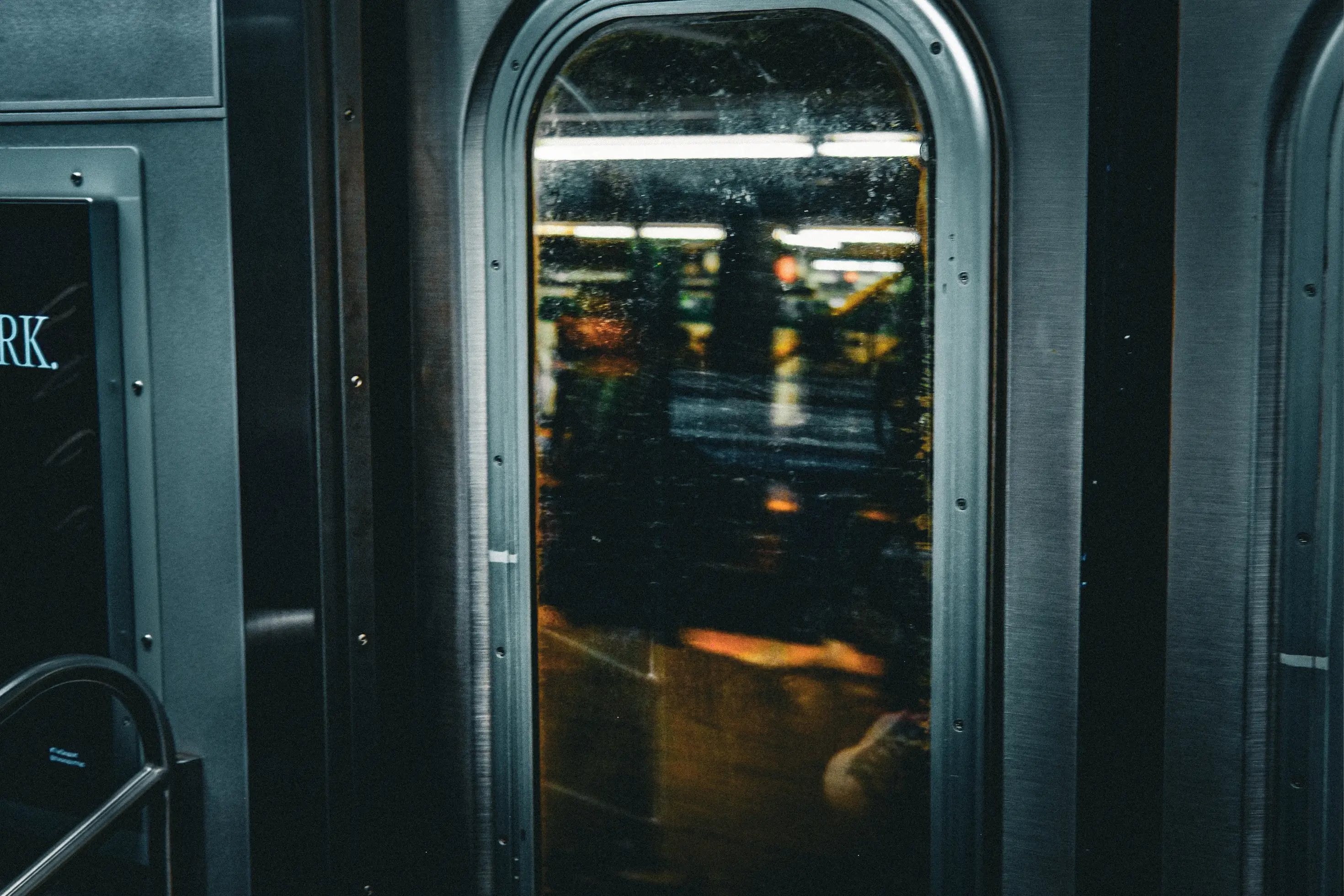This is not a camera

I am my father’s son. He was a journalist and writer, and he firmly believed that one of the best things any person could be was well-rounded. To that end he could translate a little Greek, paint a passable watercolor, make a decent pot of lentil soup; in other words, he knew a little about a lot of things. But one of the things I suspect he loved the most and wanted to understand more than some others was photography.
I can remember so many trips with my dad where his only real goal was to walk around and use a couple of rolls of film. It wasn’t long until I needed a camera of my own, which started a life-long infatuation with cameras and gear, and photography in general.
**
In the late ’90s, it seemed clear that every electronic device would soon be an “everything” device. Companies looked around at all the things humans liked to carry around with them as they went about their lives, and made a list. Then they spent two decades combining the big things in various ways—fax machines with printers, TVs with built-in VCRs. When the big things became useless they started on the smaller things, and a combination was born that many people can’t even remember as separate devices: phones and cameras. There is a high resolution camera attached to practically everything you buy; not only phones but laptops and tablets. Doorbells and even cars are arrayed with cameras, not for shooting birthday party photos, but to enable “computer vision”.
The most popular camera in the world right now—and I do mean camera in the traditional sense, not the “this device has a camera for computer vision or some other purpose”—is the iPhone. Phil Schiller, a former Apple executive who was heavily involved in the iPhone from its earliest days, is an avid photographer. He’s also a big believer in the axiom that “the best camera is the one you have with you”. Under his direction the iPhone went from a device with a (mostly) passable 2 megapixel camera to something much more capable.
A modern iPhone can take 48 megapixel stills and 8k video, process dozens of simultaneous exposures into one single “perfect” shot via machine learning and AI, eliminate camera shake in software, and so much more. In every way it is the perfect camera. It produces a nearly perfect shot, every time, without any knowledge from the operator. It’s what every camera company spent a hundred years trying to create. It’s very difficult to produce a missed shot with an iPhone (or really any smartphone camera). This is what happens when you apply one of the central tenets of user interface and user experience design, that a system should make it easy to do the right thing and difficult to do the wrong one, to photo taking. No missed shots. No blur.
**
I have the same “workflow” as most people when I use an iPhone as a camera. I point it at things and take photos, and they are dumped into the cloud for me to sort later. In my Apple Photos library there are tens of thousands of photos. They’re all fine. Many of them are very precious to me because of the people in them, but I have no real recollection of taking them. I know I did, because here they are. But I don’t remember where I was standing, or what I was saying. The human ritual of taking a photo—the weird body posture, the holding of breath—is not present. I held a thing in front of the subject and tapped a button. In some cases I tapped the button numerous times for insurance, and I just kept walking.
One of the promises technology has always made is that it would simplify life and remove stress. In the case of the iPhone’s camera, the stress removed would be that of the failed snapshot at the most critical time. I see and understand the validity of that purpose, but I also have felt how the iPhone has helped me to forget.
My first “real” camera was a Vivitar PS:120, a little point-and-shoot my dad bought for me at Sears. After insisting on scratching my name into its battery cover, he sent me on a fifth grade field trip with it. I have a memory of that trip, of taking a photo of my best friend Andrew posed beside a tank of piranhas making his best piranha face. That photo is long gone, but I remember taking it and I remember what it looked like.
The photo itself is secondary. The effort of opening the camera, waiting for its flash to warm up, then pointing and shooting, aided in the creation of a memory. When I shoot with my iPhone, backed by terrabytes of invisible cloud storage, my brain says to shoot now and remember later when I’m looking at the pictures I took. Like a lot of people, I feel like that step never really happens. When I finally look in at all these photos what I’m seeing are thousands of bookmarks that have fallen out of the books they were holding place inside; I waited to make the memory, and now it’s mostly gone.